Home
Analysing Small Data
Barnes and Noble
Loading Inventory...
Analysing Small Data in Franklin, TN
Current price: $30.00
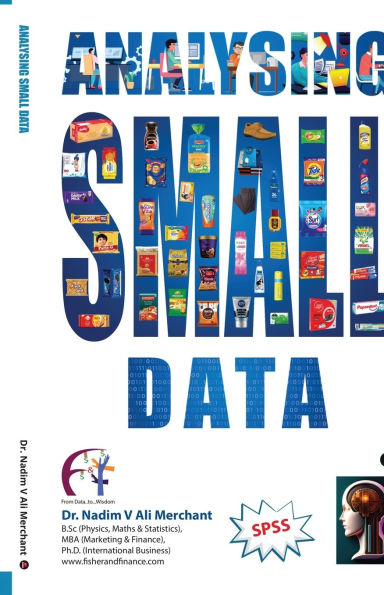
Barnes and Noble
Analysing Small Data in Franklin, TN
Current price: $30.00
Loading Inventory...
Size: OS
Chapter 1 - Introduction to the Analysis Table (RxC) table, I have laid the foundation of Data Variables. It's types, basic structure and underlying concept of measurement. I have used a semi hypothetical story to bring home the concept that behind numbers there is a dynamic real life which those numbers are trying to describe.
Chapter 2 starts with analysing a single variable, Eyeballing data - Univariate analysis. This chapter is the cornerstone of Data science. If you understand the neurons, protons and electrons you will understand chemical reactions.
Chapter 3 proceeds to Bi- variate analysis. Adding one more variable to univariate analysis. As Bi-variate opens up four mutually exclusive and non-overlapping situations, I have devoted further chapters to each one of them explaining the respective statistical test under each. Chapter 3 includes the first test i.e. the Chi square test when both the variables are discrete.
Chapter 4 explains the second situation wherein one variable is discrete and the other is continuous and the discrete variable has two unpaired levels. This calls for independent samples t test.
Chapter 5 details One Way ANOVA ( Analysis of variance ) which describes the situation in which one variable is discrete and the other is continuous and the discrete variable has more than two levels.
Chapter 6 takes up the last bi variate situation in which both the variables are continuous and explains simple regression and correlation.
The book ends with chapter 7 on Probability and Hypothesis testing after laying down the ground in the preceding chapters. The story which runs throughout all the chapters and the whole book is the binding thread leading to holistic statistics in a real-life situation.
Chapter 2 starts with analysing a single variable, Eyeballing data - Univariate analysis. This chapter is the cornerstone of Data science. If you understand the neurons, protons and electrons you will understand chemical reactions.
Chapter 3 proceeds to Bi- variate analysis. Adding one more variable to univariate analysis. As Bi-variate opens up four mutually exclusive and non-overlapping situations, I have devoted further chapters to each one of them explaining the respective statistical test under each. Chapter 3 includes the first test i.e. the Chi square test when both the variables are discrete.
Chapter 4 explains the second situation wherein one variable is discrete and the other is continuous and the discrete variable has two unpaired levels. This calls for independent samples t test.
Chapter 5 details One Way ANOVA ( Analysis of variance ) which describes the situation in which one variable is discrete and the other is continuous and the discrete variable has more than two levels.
Chapter 6 takes up the last bi variate situation in which both the variables are continuous and explains simple regression and correlation.
The book ends with chapter 7 on Probability and Hypothesis testing after laying down the ground in the preceding chapters. The story which runs throughout all the chapters and the whole book is the binding thread leading to holistic statistics in a real-life situation.
Chapter 1 - Introduction to the Analysis Table (RxC) table, I have laid the foundation of Data Variables. It's types, basic structure and underlying concept of measurement. I have used a semi hypothetical story to bring home the concept that behind numbers there is a dynamic real life which those numbers are trying to describe.
Chapter 2 starts with analysing a single variable, Eyeballing data - Univariate analysis. This chapter is the cornerstone of Data science. If you understand the neurons, protons and electrons you will understand chemical reactions.
Chapter 3 proceeds to Bi- variate analysis. Adding one more variable to univariate analysis. As Bi-variate opens up four mutually exclusive and non-overlapping situations, I have devoted further chapters to each one of them explaining the respective statistical test under each. Chapter 3 includes the first test i.e. the Chi square test when both the variables are discrete.
Chapter 4 explains the second situation wherein one variable is discrete and the other is continuous and the discrete variable has two unpaired levels. This calls for independent samples t test.
Chapter 5 details One Way ANOVA ( Analysis of variance ) which describes the situation in which one variable is discrete and the other is continuous and the discrete variable has more than two levels.
Chapter 6 takes up the last bi variate situation in which both the variables are continuous and explains simple regression and correlation.
The book ends with chapter 7 on Probability and Hypothesis testing after laying down the ground in the preceding chapters. The story which runs throughout all the chapters and the whole book is the binding thread leading to holistic statistics in a real-life situation.
Chapter 2 starts with analysing a single variable, Eyeballing data - Univariate analysis. This chapter is the cornerstone of Data science. If you understand the neurons, protons and electrons you will understand chemical reactions.
Chapter 3 proceeds to Bi- variate analysis. Adding one more variable to univariate analysis. As Bi-variate opens up four mutually exclusive and non-overlapping situations, I have devoted further chapters to each one of them explaining the respective statistical test under each. Chapter 3 includes the first test i.e. the Chi square test when both the variables are discrete.
Chapter 4 explains the second situation wherein one variable is discrete and the other is continuous and the discrete variable has two unpaired levels. This calls for independent samples t test.
Chapter 5 details One Way ANOVA ( Analysis of variance ) which describes the situation in which one variable is discrete and the other is continuous and the discrete variable has more than two levels.
Chapter 6 takes up the last bi variate situation in which both the variables are continuous and explains simple regression and correlation.
The book ends with chapter 7 on Probability and Hypothesis testing after laying down the ground in the preceding chapters. The story which runs throughout all the chapters and the whole book is the binding thread leading to holistic statistics in a real-life situation.

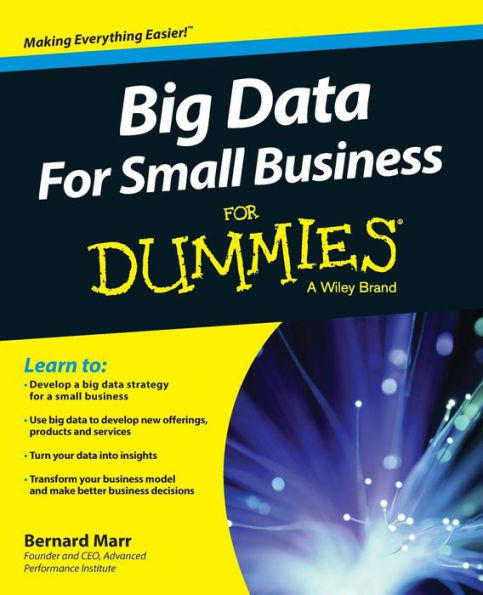
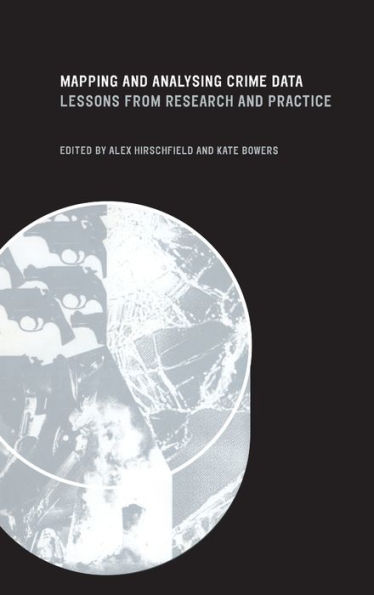
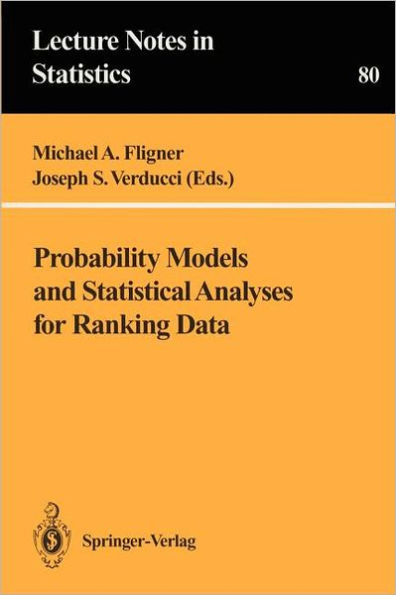
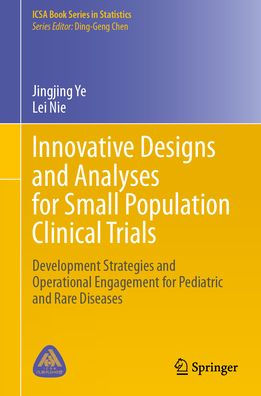
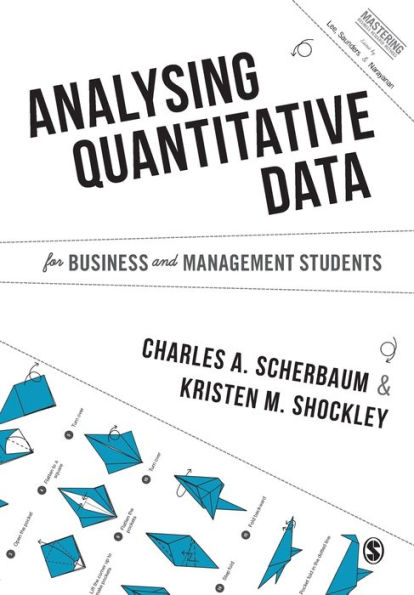
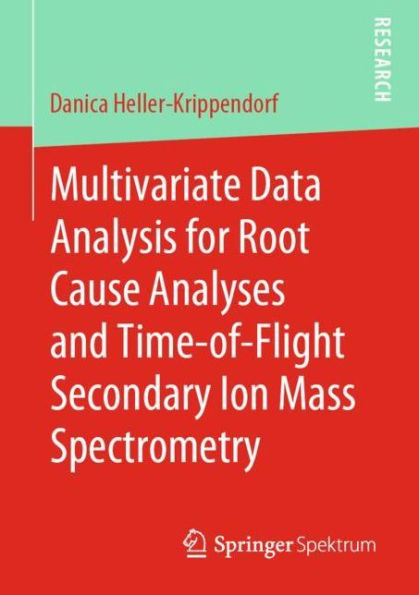
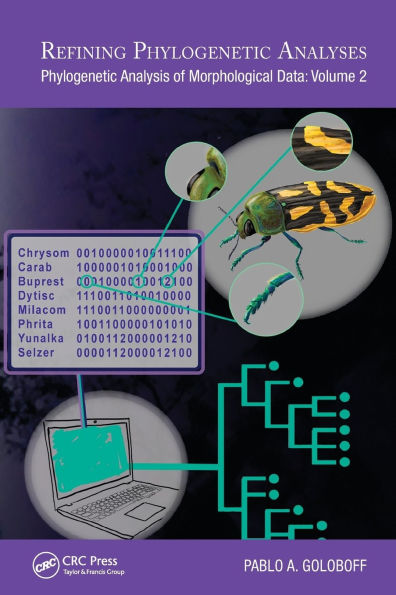
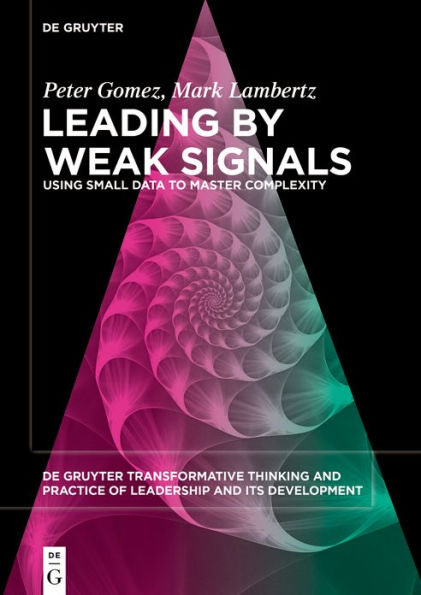
![Small Changes [Red Marbled Vinyl] [Barnes & Noble Exclusive]](https://prodimage.images-bn.com/pimages/0602465904741_p0_v1_s600x595.jpg)







